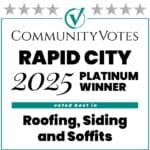A Rapid City Siding Company
The Trusted Siding Contractors in the Black Hills
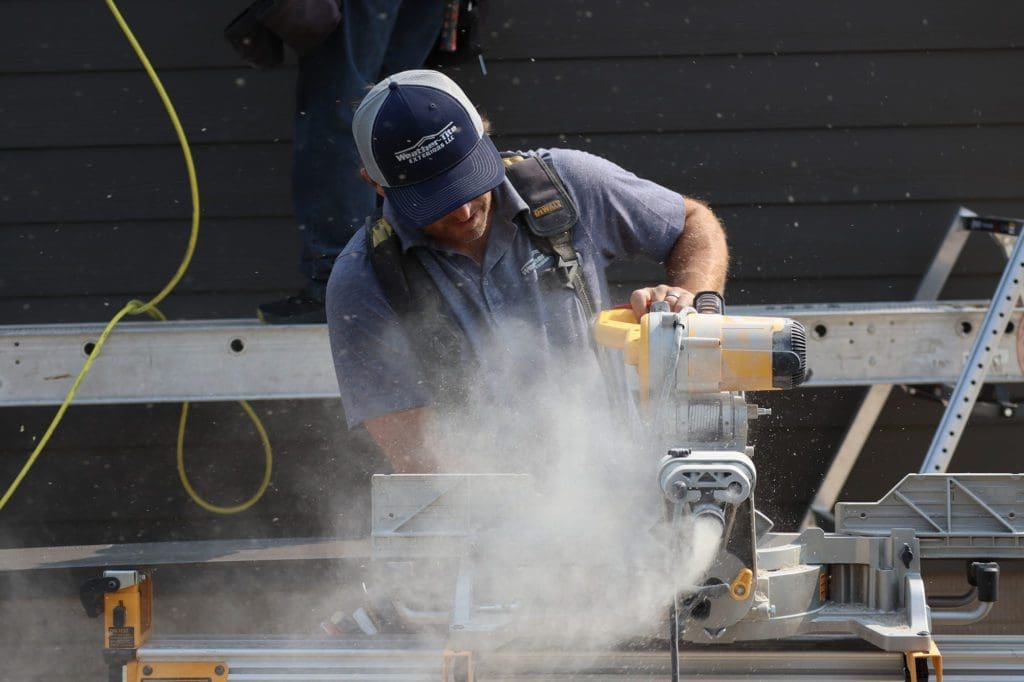
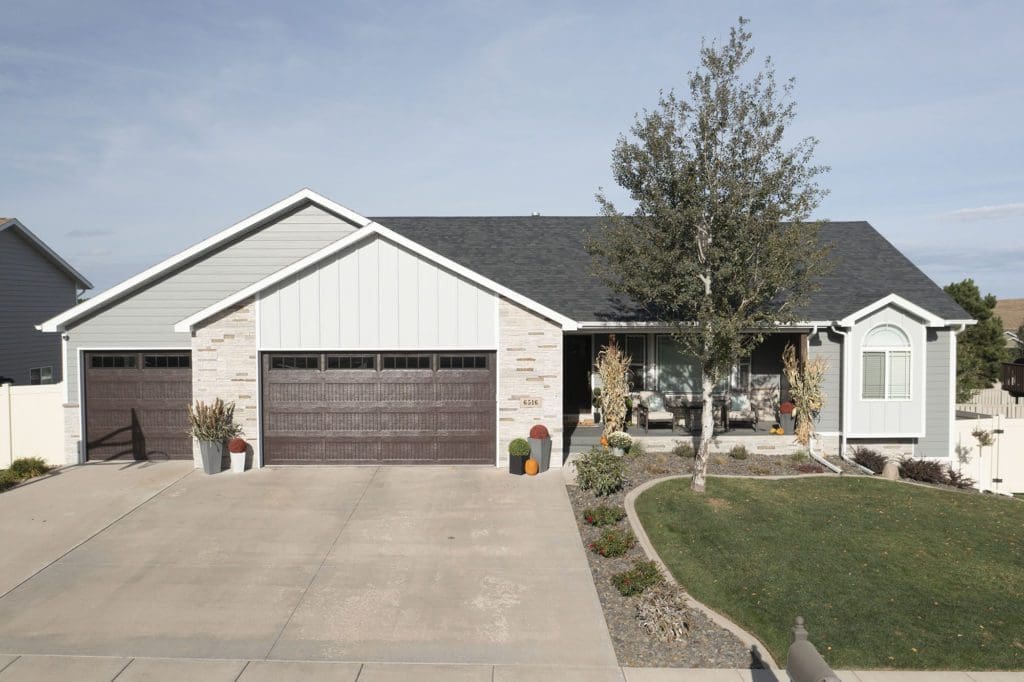
Siding Options For Your Rapid City Home
James Hardie
Discover the timeless beauty and unmatched resilience of James Hardie® fiber cement siding. Engineered with an HZ5® formulation ideal for Rapid City’s freezing winters, heavy snow loads, hail, and drastic temperature swings James Hardie® delivers superior resistance to moisture damage, impact, pests, and even fire as a noncombustible material.
LP SmartSide
LP® SmartSide® siding is engineered for exceptional, long-lasting performance. It stands up to the harsh seasonal changes we experience in Rapid City while protecting your home for decades. Treated with LP’s proven SmartGuard® process, it resists impact damage, fungal decay, and termites better than traditional materials.
See all your siding options on their website before you start!
Stone Veneer
Stone veneer siding is engineered for long-lasting performance. It stands up well to the harsh seasonal changes we see in Rapid City, protecting your home while enhancing its architectural detail. With a wide variety of colors, shapes, and textures available, you can customize the perfect look, from rugged mountain style to clean and modern designs.
Steel Siding
Whether you are building a new house or looking to replace what you currently have, choosing what siding to use is a big decision. If you look around a few of the neighborhoods in your local area, especially those with houses that were built over 30 years ago they will likely feature steel siding. Known for its durability and aesthetically pleasing design steel siding is one of the best values you can add to your home.
Answer All Your Residential Siding Questions
Some signs its time for new siding include:
1. Visible cracks, holes, or breaks in the siding.
2. Warping or bubbling in the siding panels which could lead to failure.
3. Rot, mold, mildew, or fungus growth on your siding.
4. Interior signs of moisture like peeling or bubbling paint on your walls.
5. Higher energy bills due to faulty sealing and lost heat.
There are several factors that play a role in the longevity of your home’s siding. Things like hail resistance, quality installation, and material choice all can change how long your siding remains looking new.
Our crew prefers the products from James Hardie® and LP® SmartSide® because of their superior hail resistance and product warranties giving our customers peace of mind.
In our expert opinion, the quality and versatility of James Hardie® and LP® SmartSide® can’t be beat. Both are engineered to perform in our extreme cold and temperamental weather. Our siding team can help you select the best fit for your home to ensure lasting quality and appearance.
Yes! We always provide a detailed written estimate outlining the scope of work, materials, timeline, and pricing before any work begins.
You can schedule an inspection by calling us directly or submitting a Contact Form. We offer free inspections with no obligation.
Yes! We offer warranties on both materials and labor. The warranty length depends on the siding material and manufacturer, and we’ll provide all warranty details before starting the project.
Absolutely! New siding, properly installed by experts, can seal out drafts and help your furnace run more efficiently.
Depending on the size of your home, a typical siding replacement job from tear off to install, will last about 2 weeks.
Yes. In most cases, replacing your siding before selling is one of the smartest exterior upgrades you can make. It delivers strong curb appeal, helps your home stand out in a competitive market.
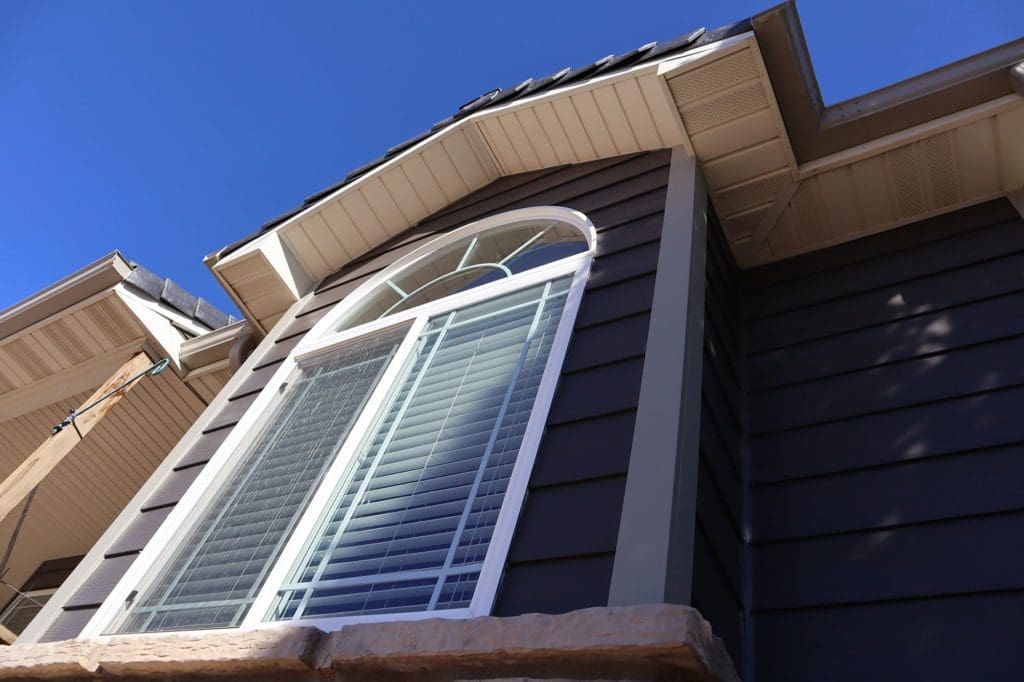
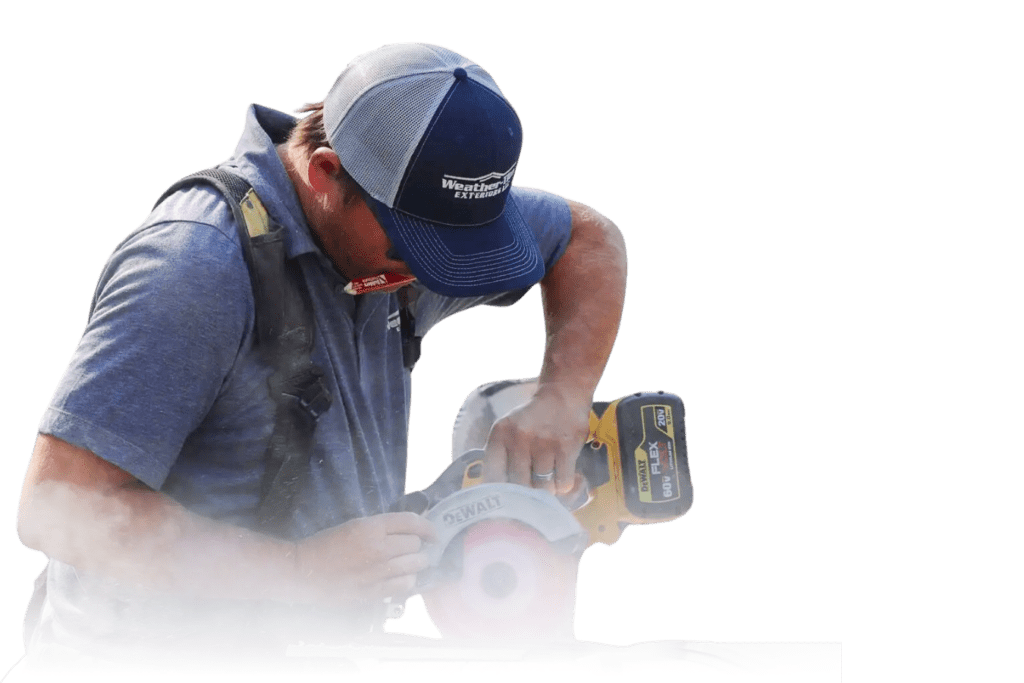
Partner with The Most Experienced Siding Contractors in Rapid City
Weather-Tite Exteriors is Rapid City’s go-to contractor for Residential Roofing, Commercial Roofing, Siding, Windows, and Decks. Trust the best in town with your next project!
Contact us today at (605) 939-0208 to schedule your free inspection and receive a no-obligation quote.

